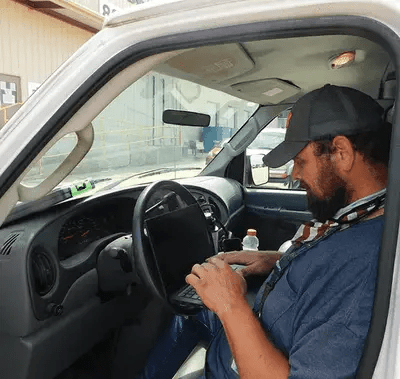October is National Disability Employment Awareness Month, and when people hear the word “disability”, it usually conjures up mental images of those with stereotypical disabilities, as well as tools such as wheelchairs. However, this is only scratching the surface of what “disability” really means.
96% of people categorized as having a severe disability have what are called “invisible disabilities”. This term doesn’t mean that these people’s disabilities don’t impact them, but that their disabilities largely go unnoticed by most people. Stoma bags, for example, are not immediately recognizable under clothes, and mental illnesses are especially prone to being an “invisible disability”.
Changing your definition of what “disability” means is important, not just for you, but for your company. Those with invisible disabilities need accommodations, just like those with obvious disabilities. Without changing your mental image of “disability”, you may be more likely to dismiss an employee with an invisible illness as being “overdramatic” or “complaining,” when really, they are asking for an essential accommodation.
Opening your mind to the full range of disabilities a person can have also means accepting that every situation is different. One person experiencing a condition may feel differently and need different accommodations than someone else with that same condition, and these needs may change over time. Trusting that your employee knows their needs and situation best is essential to creating an environment where your workers aren’t afraid to ask for and use accommodations.
In our own workplace at Gonomix, we have created accommodations for those with disabilities, for instance, Grace. Grace has sound sensitivities and extremely painful migraines, so headphones were provided that block out noise. Grace also has the flexibility to work from home when needed and can modify her schedule according to her needs. We have provided an anti-fatigue mat where she often stands while working and have allowed her to bring in her own gear, such as gloves, that mitigate other issues such as touch sensitivity. Most importantly, we trust that Grace knows her situation best, and try to work with her in creating effective accommodations for the workplace.
This National Disability Employment Awareness Month, examine your definition of “disability,” and whether it serves your company and your employees. Empathy, consideration, and trust are the foundation of a productive and inclusive work environment.
Sources
https://www.forbes.com/sites/paulamorgan/2020/03/20/invisible-disabilities-break-down-the-barriers/?sh=5b1104a1fa50









